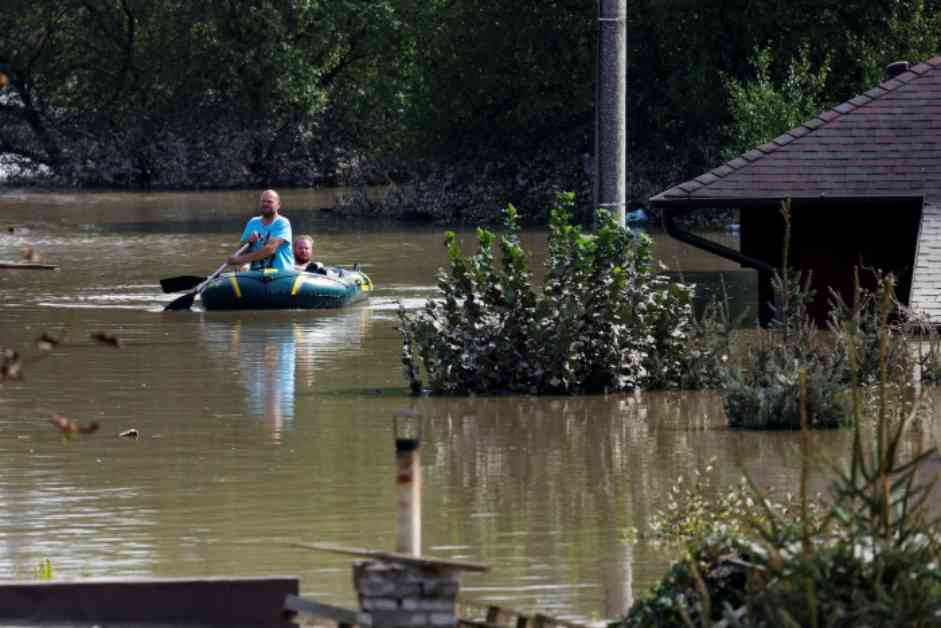European cities are bracing themselves for the worst as peak flooding threatens various regions across the continent. The aftermath of Storm Boris has left a trail of destruction, with towns and villages downstream preparing for rising river levels. From Budapest to Wroclaw in Poland, authorities are racing to build up their defences and minimize the impact of the impending floods.
Lessons Learned and Investments Made
Drawing on the devastating floods of 1997, countries like Poland and the Czech Republic have made significant investments in control systems and retention reservoirs to mitigate the effects of extreme weather events. While these measures have helped curb some of the worst flood impacts, the situation in Austria remains complex due to meltwater caused by heavy snowfall in the Alps. The recent weather patterns are a stark reminder of the changing climate and the need for proactive measures to address the increasing frequency of such events.
Climate Change and Extreme Weather
Climate change is exacerbating the intensity and frequency of extreme weather events, including violent storms like Storm Boris. The collision of cold air from the north with moisture from the Mediterranean Sea, heated to record levels over the summer, resulted in unprecedented rainfall in parts of Europe. As the fastest-warming continent, Europe is particularly vulnerable to these events, from floods in central Europe to wildfires in countries like Portugal and Greece. The need for adaptation and resilience measures is more urgent than ever.
Challenges and Response
As the annual cost of disasters continues to rise, exceeding €50 billion in recent years, European countries are faced with the challenge of managing the aftermath of such events. The Czech Republic has already requested support through the EU’s crisis mechanism, with the total damage estimated to be significant. Emergency measures have been implemented in Austria, the Czech Republic, and Romania, where thousands of people have been evacuated. The road to recovery will be long and arduous, requiring coordinated efforts at local, national, and European levels.
Preparing for the Future
As cities like Budapest prepare for peak flows in the Danube and Romanian authorities monitor the rising waters of the Danube, the focus is on preparedness and resilience. The recent floods serve as a stark reminder of the need for sustainable urban planning and infrastructure to withstand the impacts of extreme weather events. Prime Minister Donald Tusk’s government in Poland has announced financial assistance for those affected by the floods, underscoring the importance of supporting communities in times of crisis.
The Human Cost
The death toll in the region continues to rise, with many still missing and communities grappling with the aftermath of the floods. While water levels have begun to recede in some areas, the cleanup and recovery efforts are just beginning. The deployment of soldiers and heavy machinery by the army is a testament to the collective effort needed to rebuild and restore normalcy in the affected areas.
Conclusion
The recent floods in Europe serve as a stark reminder of the urgent need for climate action and preparedness in the face of extreme weather events. As cities and communities across the continent grapple with the aftermath of the floods, the focus is on building resilience and adapting to the changing climate. The coordination and cooperation at local, national, and European levels will be crucial in ensuring a swift and effective response to future disasters. By learning from past experiences and investing in sustainable solutions, European cities can better prepare for the worst and protect their residents from the impacts of extreme weather events.




















